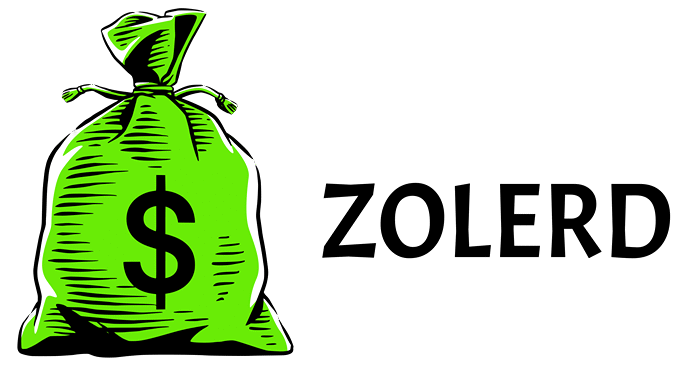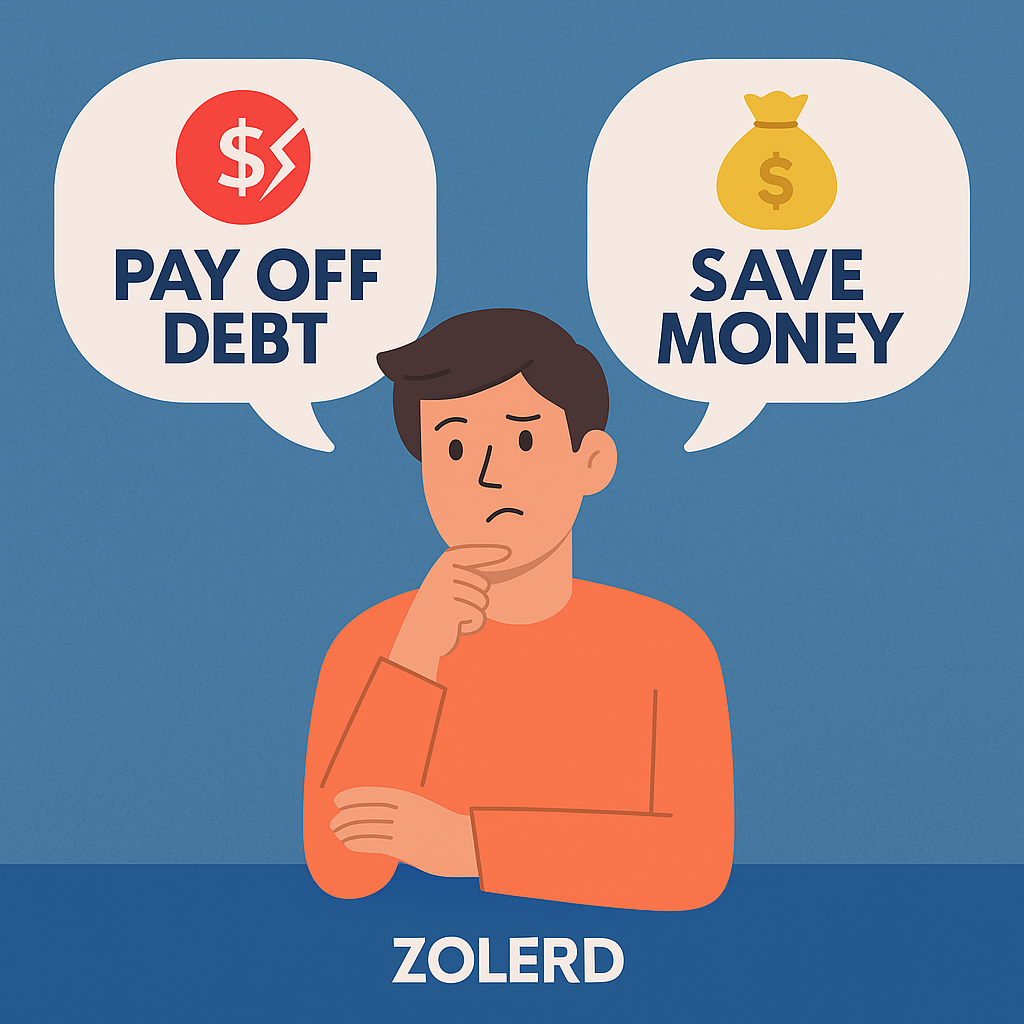Last Updated on May 24, 2025 by admin
Managing finances often comes down to one big question: Should you focus on paying off debt or building savings? The answer depends on several factors, including interest rates, financial security, and long-term goals. Let’s break down the pros and cons of each approach to help you make an informed decision.
Paying Off Debt First
Pros:
- Save Money on Interest – High-interest debt, like credit cards, grows fast. Paying it off early prevents excessive interest payments.
- Improves Credit Score – Lowering your debt balances improves your credit utilization ratio, boosting your credit score.
- Less Financial Stress – Debt can feel overwhelming. Paying it off provides peace of mind and financial freedom.
- More Disposable Income – Once debt is gone, you can redirect those payments toward savings or investments.
Cons:
- No Emergency Cushion – If all your money goes to debt, unexpected expenses can force you into more borrowing.
- Missed Investment Growth – Delaying savings means missing potential compound interest from investments.
- Psychological Burnout – If you focus solely on debt, you might feel deprived and lose motivation.
Saving Money First
Pros:
- Financial Security – Having savings prevents reliance on credit cards when emergencies arise.
- Flexibility for Opportunities – A savings cushion allows you to take advantage of investment or career growth opportunities.
- Peace of Mind – Knowing you have money set aside reduces stress in case of unexpected expenses.
Cons:
- Debt Keeps Growing – If interest on your debt is high, savings might not grow as fast as debt accumulates.
- Lower Financial Progress – Paying only the minimum on debt means it lingers longer, costing more over time.
- Potential Lifestyle Creep – With money in savings, you may feel tempted to spend rather than prioritize debt repayment.
Finding a Balance: The Best Strategy
For most people, a combination of both is ideal. Here’s how:
- Build a Small Emergency Fund First – Save at least $500–$1,000 to cover unexpected expenses.
- Focus on High-Interest Debt – Pay off credit cards and personal loans with high interest while making minimum payments on other debts.
- Save Alongside Debt Payments – Once high-interest debt is gone, increase your savings while continuing to pay lower-interest debts like student loans or mortgages.
- Invest When Feasible – If your employer offers a 401(k) match, contribute enough to take full advantage while paying down debt.
Check out our guide to the highly effective 50/30/20 Budget Rule.
Final Thoughts
The best choice depends on your financial situation. If debt interest rates are high, prioritize repayment. If you lack savings, build a small cushion first. The key is to find a balance that keeps you financially stable while reducing long-term costs. Smart money management involves both debt reduction and consistent savings.
Learn more about managing debt and savings from the Consumer Financial Protection Bureau.



Interesting perspective on balancing debt repayment and savings. I agree that a combination of both is ideal, but I wonder how one can determine the exact balance without feeling overwhelmed. High-interest debt is definitely a priority, but what if emergencies arise while focusing on repayment? Building a small savings cushion first makes sense, but how small is “small” enough? I’d love to hear more about specific strategies to manage both simultaneously without sacrificing financial security. What’s your take on automating payments and savings to stay consistent? Do you think this approach works for everyone, or are there exceptions?